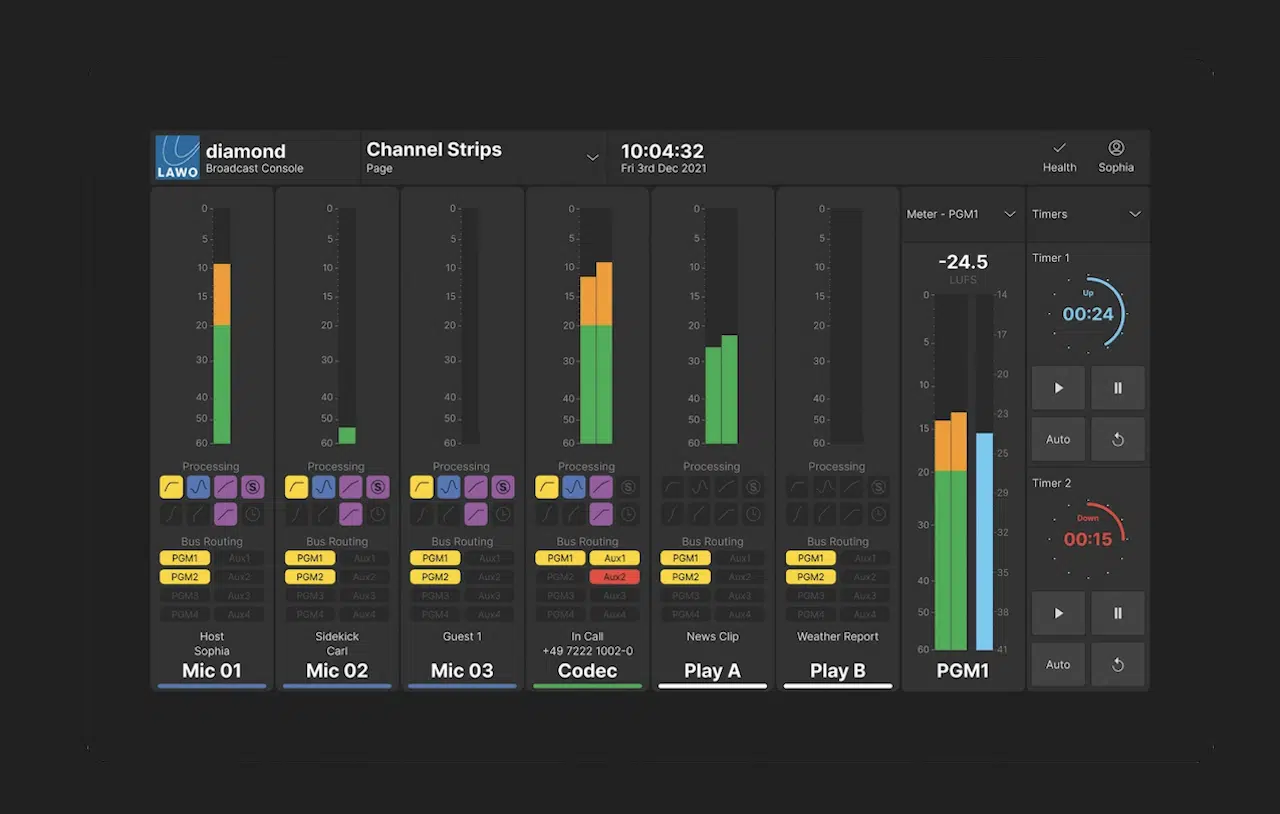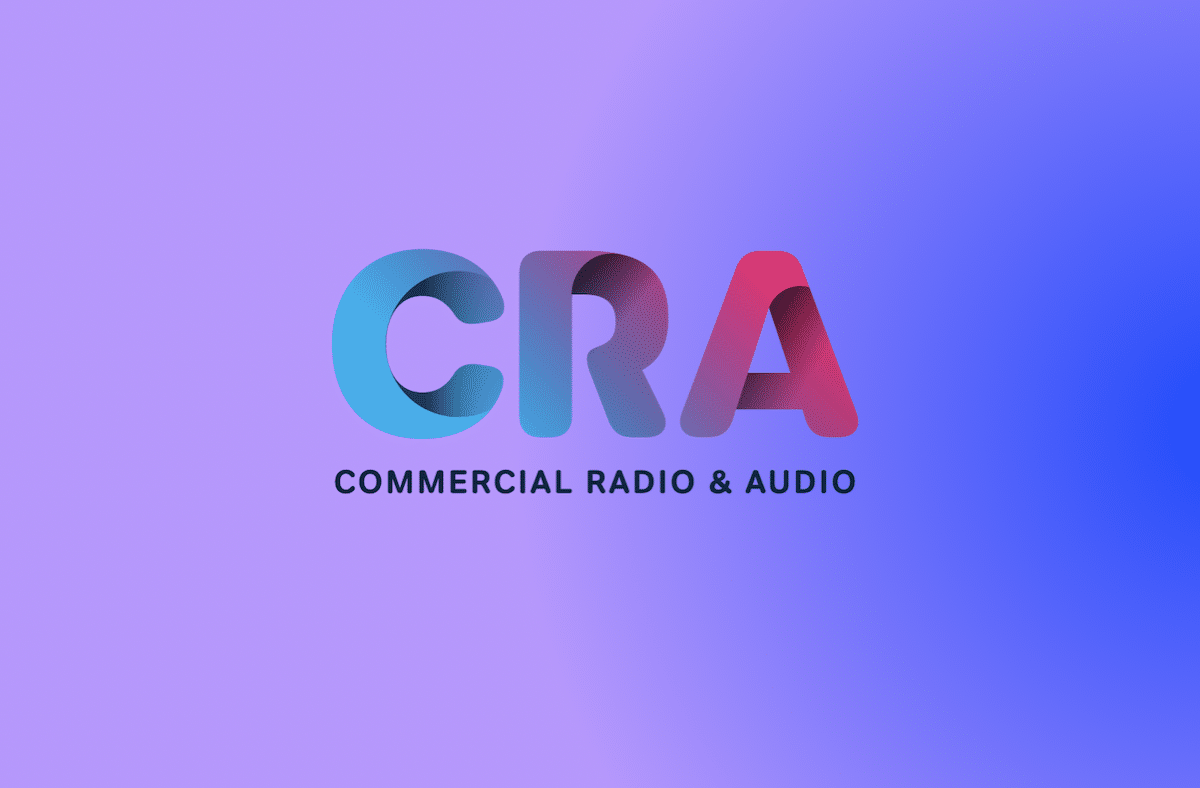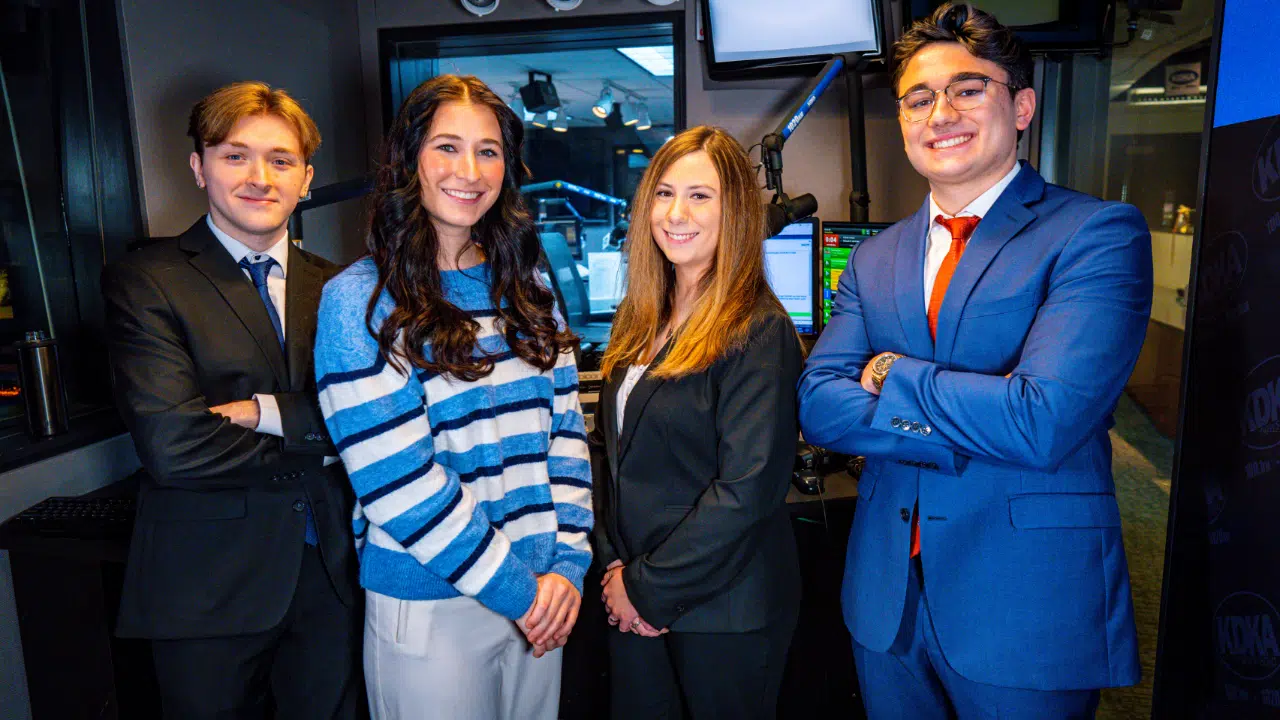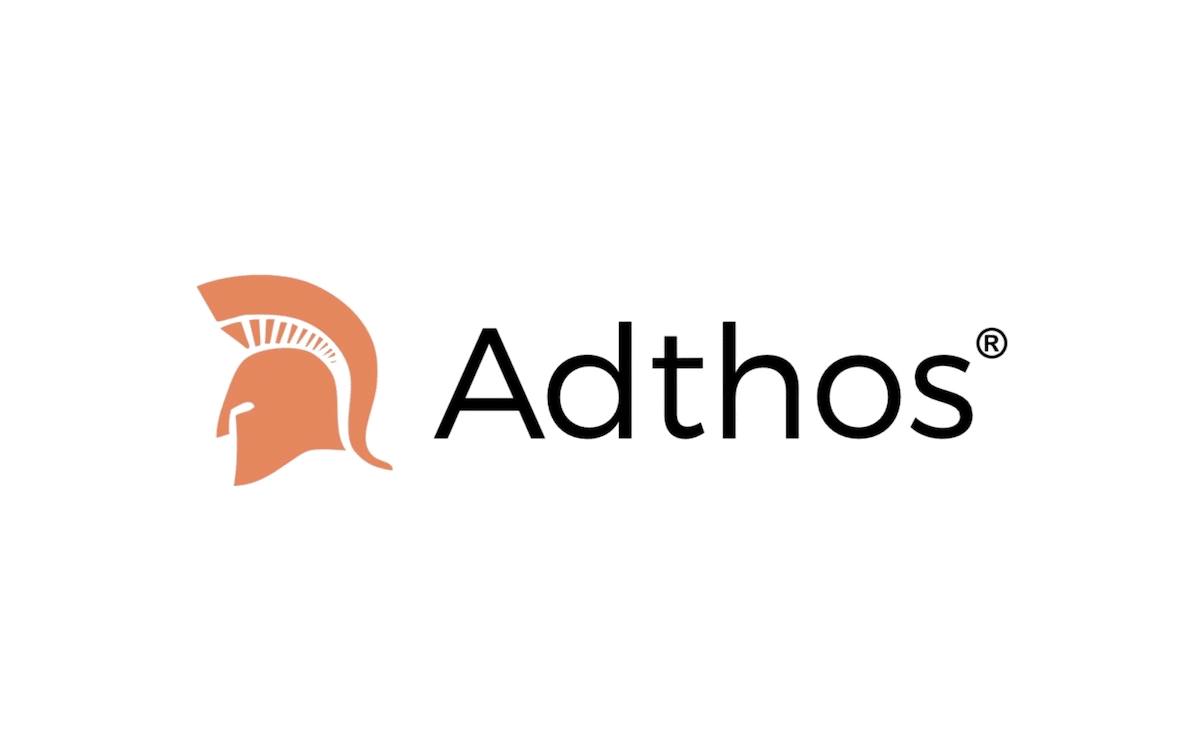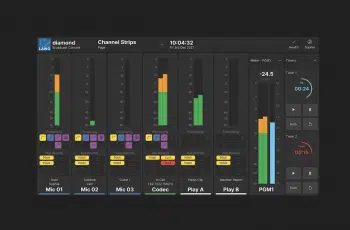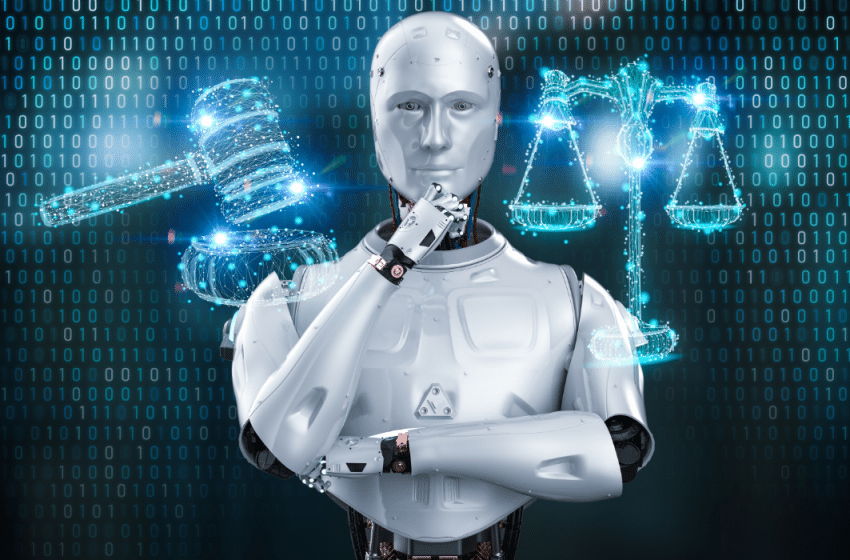
As we continue to navigate the evolving age of artificial intelligence, the media sector is undergoing transformative changes. AI’s capabilities offer a wealth of opportunities for media companies in content creation, curation, production, marketing, sales, distribution and user engagement. However, with these exciting prospects come legal challenges and risk factors, particularly for radio broadcasters.
A key concern for rights holders is AI’s reliance on large volumes of training data, often sourced from the internet and protected by copyright. This issue is further complicated when AI developers fail to disclose the sources of data used in their algorithms. This can have significant legal implications for the media sector, which traditionally owns vast libraries of content and data. The “commercial” text and data mining (TDM) exception in EU copyright law provides a loophole, allowing media organizations to opt out and retain control over their content. However, enforcing this rule is a conundrum due to the challenges of detecting and proving the use of copyrighted content for AI training.
In response to the legal challenges of copyright enforcement, several publishers and media companies have already entered into negotiations regarding the use of media content in AI training to ensure monetization and legal use of copyrighted content.
A need for closer scrutiny
The European Commission’s proposed AI law is also an important step towards harmonizing rules on AI, with the European Parliament supporting a transparency requirement in Art. 28 b AI-Act (current draft). This requirement would make it possible to identify the content used to train AI, addressing concerns about the visibility of content and allowing AI developers to demonstrate their commitment to using high-quality content. Whether the ongoing trilogue negotiations will retain these essential transparency requirements remains to be seen.
But that’s not enough. Closer scrutiny by European, national and international regulators is essential to remove ambiguities and disputes, ensure media plurality and promote a more balanced AI landscape. What would be the necessary steps to close legal loopholes and ensure value creation for rights holders? The lawmakers should explicitly extend copyright and ancillary copyright protection to the use of AI models and shift the burden of proof to AI providers. Creators and rights holders must be able to opt out from TDM without penalty and should be compensated for the use of their content. Regulatory and enforcement measures have to prevent gatekeepers from discriminating against creative content in favor of AI content, and AI development should not interfere with source material without explicit permission.
For radio and audio publishers, the key challenge is how to increase productivity and efficiency with Broadcasters will need to navigate these issues carefully to reap AI’s benefits while ensuring compliance with copyright laws.
Recent advances in AI, such as ChatGPT, Bing AI and Bard, demonstrate the potential of AI and its risks, such as mass plagiarism and the spread of disinformation. These concerns are compounded by the concentration of significant AI resources in the hands of a few technology giants. This raises major competition and ethical issues, especially if these AI models are used to develop competing products or promote tacit collusion between companies.
In this regard, Europe, with its proposed AI Act, Digital Services Act (DSA) and Digital Markets Act (DMA), is arguably better prepared to address these challenges from an antitrust and broader regulatory perspective. However, the United States needs to make further progress, as its current legislation does not include specific provisions for AI.
Navigating the issues
The rise of AI is likely to further empower large tech companies, as there are high barriers to entry in the computing, data creation and basic modeling layers of the AI stack. This situation, compounded by the opacity of the system, can lead to anti-competitive leveraging behavior that is difficult to detect and challenge. It is, therefore, crucial that competition law is prepared to deal with these challenges.
In conclusion, while the advent of AI offers new methods of content creation and user engagement, it also presents significant legal challenges. Broadcasters will need to navigate these issues carefully to reap AI’s benefits while ensuring compliance with copyright laws. The EU’s efforts toward an AI law will play a key role in this evolving landscape. However, further steps are needed at national and international levels to ensure a fair and balanced approach to AI in the media.
The author is deputy legal counsel for VAUNET. This text reflects the personal view of the author and not those of VAUNET.
This article was taken from a RedTech special edition, “Radio Futures: AI Is Now Here!” which you can read here.
More stories about AI
Smart transmitter solutions for a sustainable future



